This Oldsmobile 98 Fiesta resurrects Motorama’s glory days
GM was on a roll as postwar America hurtled toward the fabulous ’50s, and in 1949, the dominant American automaker decided to show the world what it could do. The medium for that message was automotive extravaganzas—GM-only car shows—meant to tantalize the car-buying public with a look at what was possible and what was to come.
In 1953, GM created a name for its shows, and “Motorama” toured the country. I recall walking the acres of Motorama displays with my dad in the huge parking lot of Chicago’s Soldier Field. To my five-year-old eyes, nothing could have been more beautiful. This combination of carnival and auto exhibit became a must-see event with entertainment, music, trains, buses, cars, and more cars. Fabulous cars like the Oldsmobile Starfire and Buick Wildcat were featured that year. They had been created under the watchful eye of GM design chief Harley Earl, who recognized early on that styling is a powerful marketing tool.
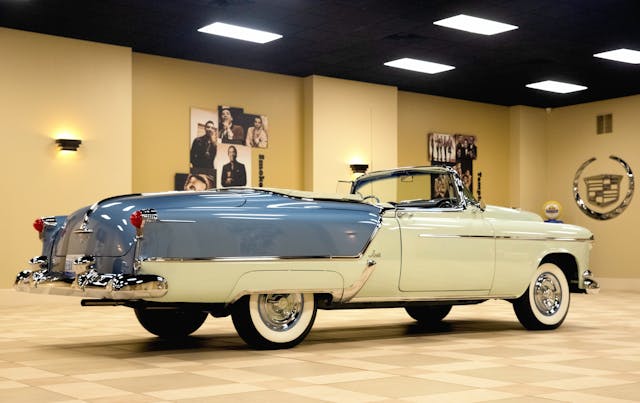
Because the concept cars caused so much excitement during the first few years of the show, GM realized that it had to prove it could build exciting and enticing production vehicles as well. The result was the trio of limited-production convertibles introduced well into model year 1953: Cadillac Eldorado, Buick Skylark, and Oldsmobile 98 Fiesta.

The Olds Fiesta droptop came at a steep cost. Ticketed at $5715—approximately $70,000 in today’s dollars—it was priced well above standard GM offerings. For example, a well-equipped Olds 98 convertible was only $2963. But Fiesta was meant to impress rather than sell in big numbers, and only 458 units were produced. And impress it did, with a wraparound windshield that was a few inches lower than that of the 98, lots of chrome and stainless steel, beautiful badging, color-coordinated leather upholstery, a padded dash, a carpeted trunk, and much more.
Charlie Grant wasn’t yet among the living when the Oldsmobile 98 Fiesta Convertible made its grand entrance, but some 60 years later, this fan of GM mid-century classics knew he had to have one. Charlie provides transportation for the Detroit Public Schools, so he’s steeped in automotive culture. He also has a large facility in the heart of the Motor City where he can display cars and hold fundraisers for the school district. He currently owns about 25 cars, many of them in restoration or waiting to be restored.
Grant purchased this Olds Fiesta in 2014 after seeing it on eBay. It came out of Arizona, so it wasn’t a rust bucket, but it was definitely showing the wear and tear of 60 years. The owner had intended to restore it, but decided against the project and posted the car for sale. With only 458 produced and 50 said to still be extant, the Fiesta was a once-in-a-lifetime find, so Grant leaped.

Reminger Restorations of Winona, Minnesota, was charged with making the classic Olds droptop new again. Jim Reminger is a meticulous pro who has restored several cars for Grant, including some classic Cadillacs, so there was no doubt he could return this machine to its original glory. Because some mechanical parts were beyond repair, a donor car—a 98 from 1953—was purchased. (The 98 wasn’t equipped with the specialized parts of the Fiesta, but the limited-production car used some brand-standard parts, so the 98 fit the bill.)
All the original body panels and floors were relatively free of rust and in eminently restorable condition. The seats and top were tattered and worn, but they were in good enough shape that Grant and Reminger could determine the original upholstery colors of Surf Blue and Polar White. The 303-cubic-inch Rocket V-8 engine was intact, and its numbers indicated it was original to the car. Boasting a revised intake manifold and a slightly higher compression ratio than the standard Olds powerplant, it was rated at 170 horsepower when new. Thanks to a full rebuild, it starts immediately without smoke and idles smoothly. The engine is backed by GM’s dual-range Hydramatic transmission, which offers four forward speeds, including a low ratio, stump-pulling first gear.
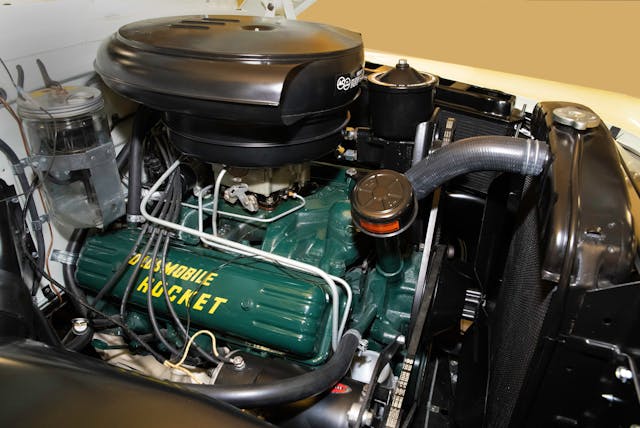
As one might expect after many years of storage, none of the accessories or mechanical systems were operable, but after full disassembly, all components were repaired or sent out for specialized restoration. Both Reminger and Grant are sticklers for authenticity, so all systems were reconditioned to original factory specs. Even the radio tubes are of the original type.
The Olds Fiesta was among the first GM cars produced with power seats and windows, and like other early designs, the windows are raised and lowered by hydraulic units that are electrically activated. This hydroelectric technology was first used by the military prior to World War II. Originally meant to raise and lower the tops of military vehicles, it naturally adapted to raise and lower the windows of passenger cars. GM began using the technology in the late 1940s for both power windows and convertible tops. To restore the windows, Reminger purchased new hydraulic units from a supplier he works with on a regular basis and ran all new lines.
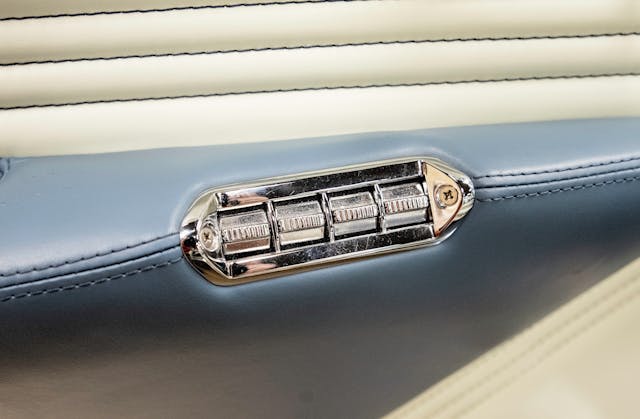
Because the Fiesta came with numerous power accessories, GM utilized a 12-volt battery for the first time. This early 12-volt is twice as long and half as wide as today’s batteries. Thus, for the restoration, a custom retro battery was purchased and installed in its original position under the hood.
The windows that weren’t broken were in poor condition, so all new glass was fitted, and date codes were etched in the windows to match the old glass. All the trim pieces are original and have been cleaned up and replated. The chrome windshield pillars were leaded into the body, so the lead had to be melted before the pillars could be removed for plating. Once finished, they were leaded back in place.
Most car enthusiasts will recognize the Fiesta hubcaps. They’re the classic Oldsmobile spinner hubcaps that were a favorite of early hot rodders. Some of the hubcaps on Grant’s Fiesta were replaced or restored depending on condition. Today, they are a beautiful reminder of GM’s mid-century styling triumphs.
***
Check out the Hagerty Media homepage so you don’t miss a single story, or better yet, bookmark it. To get our best stories delivered right to your inbox, subscribe to our newsletters.
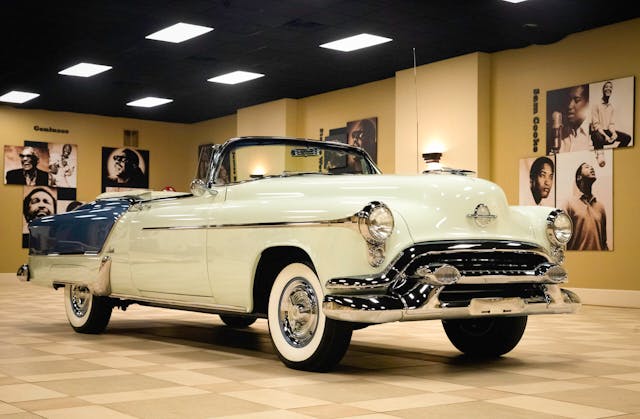
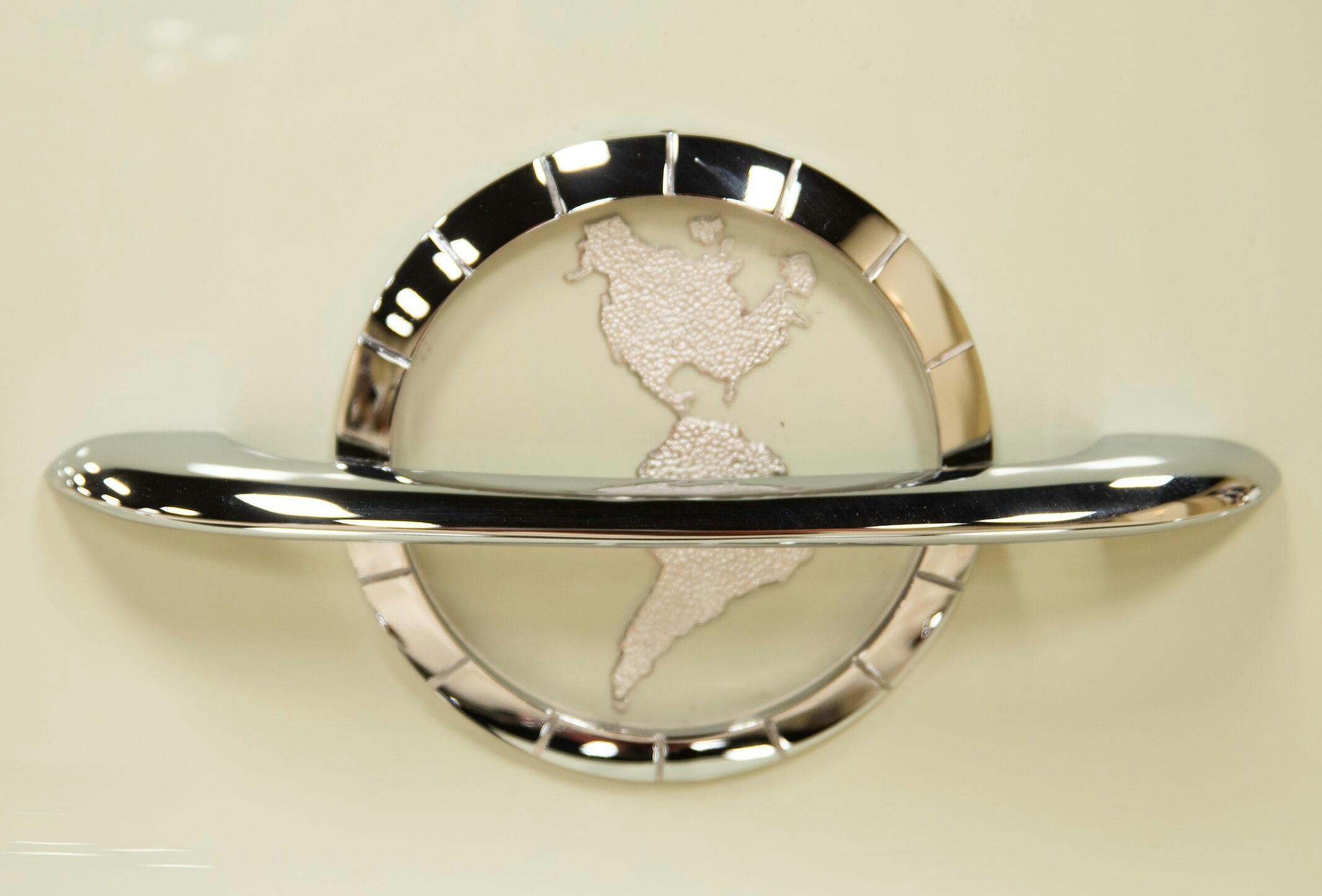
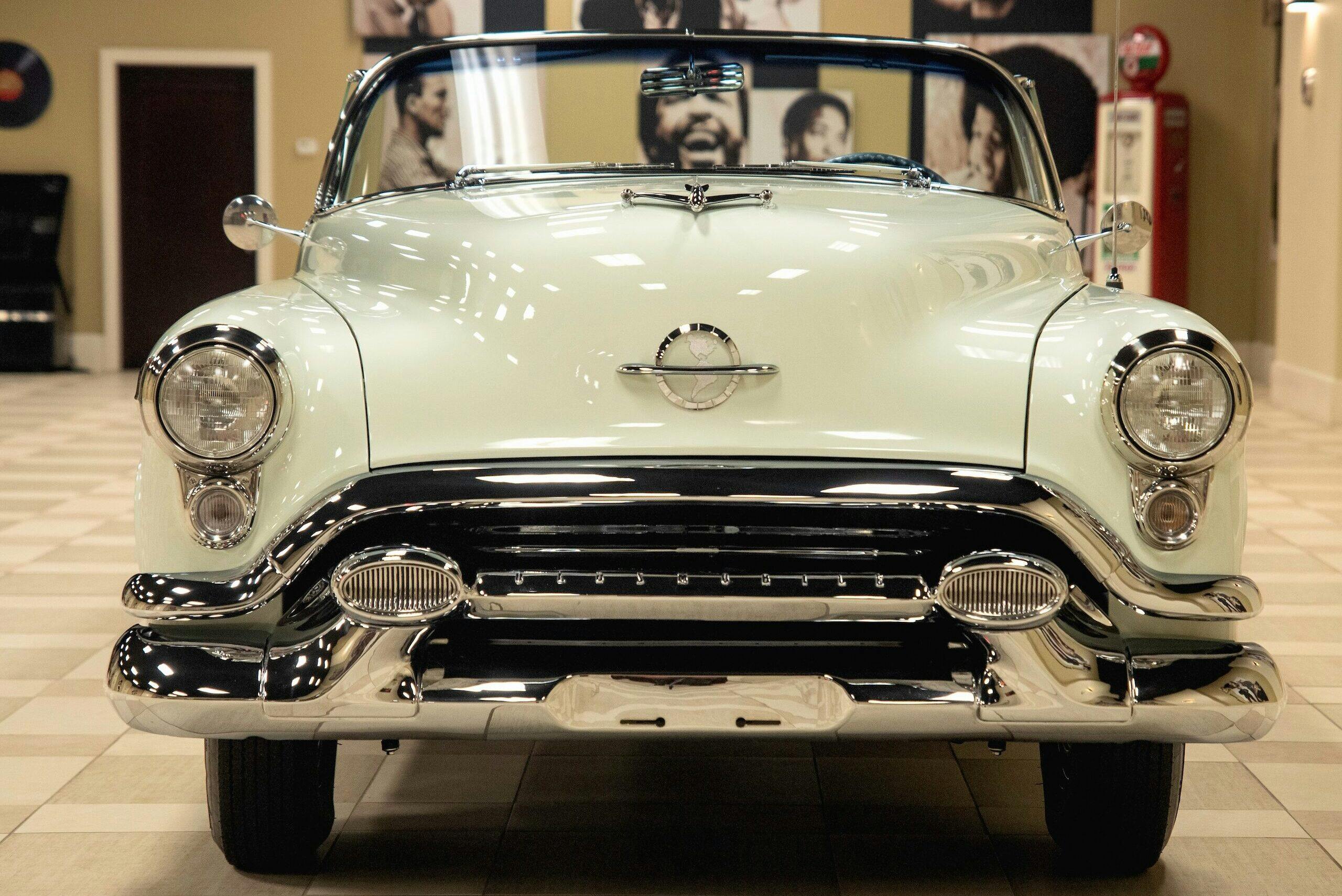

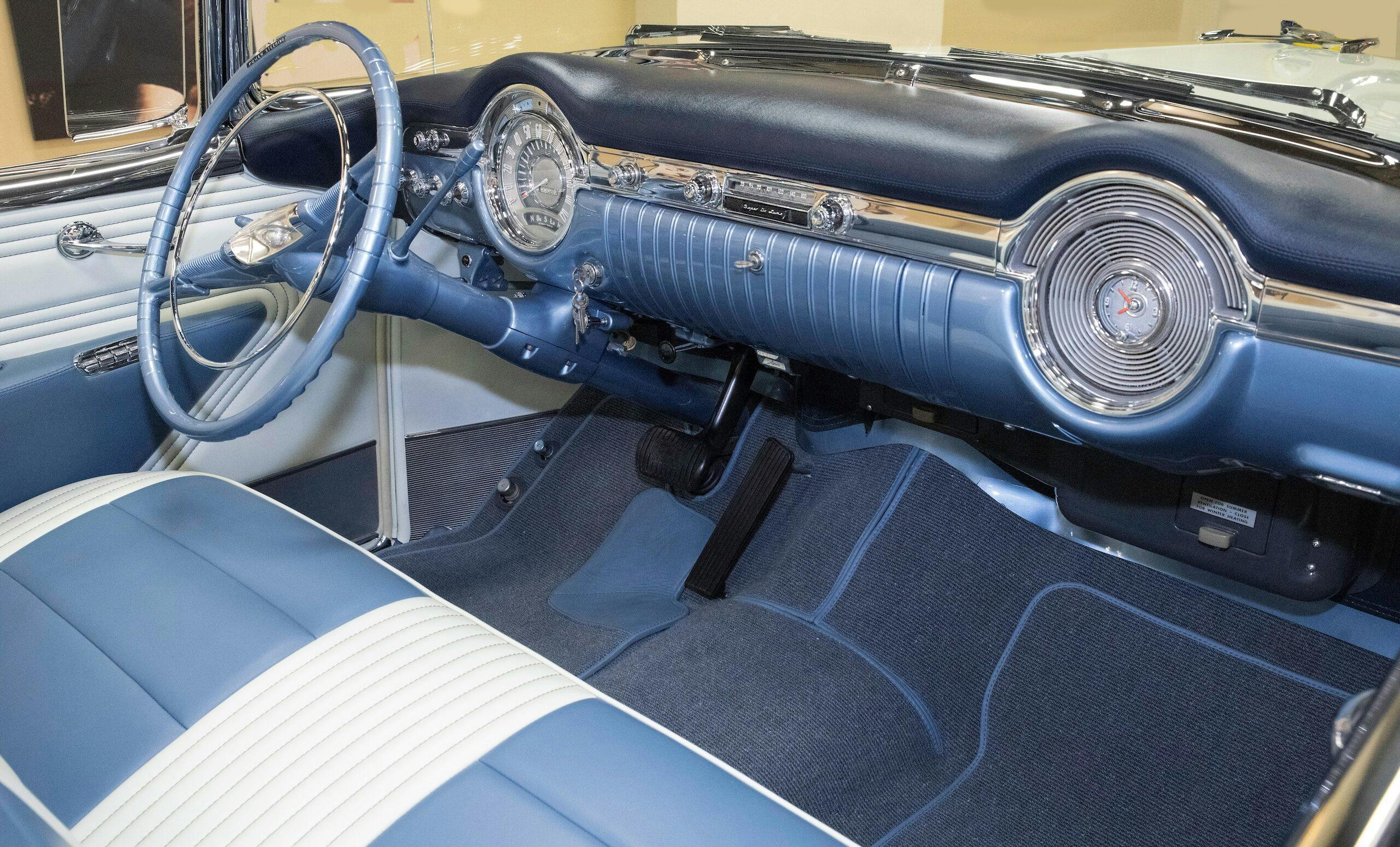
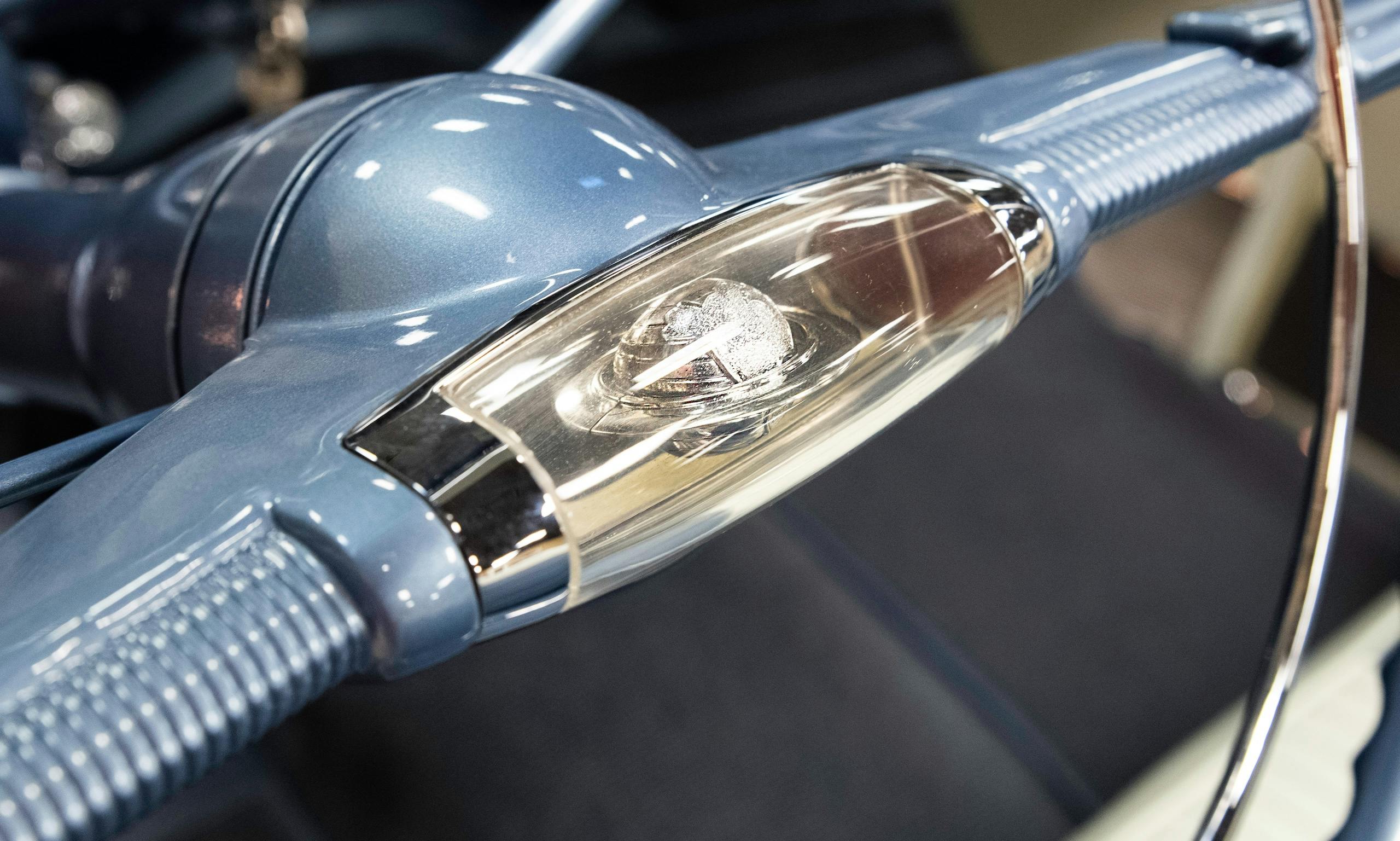

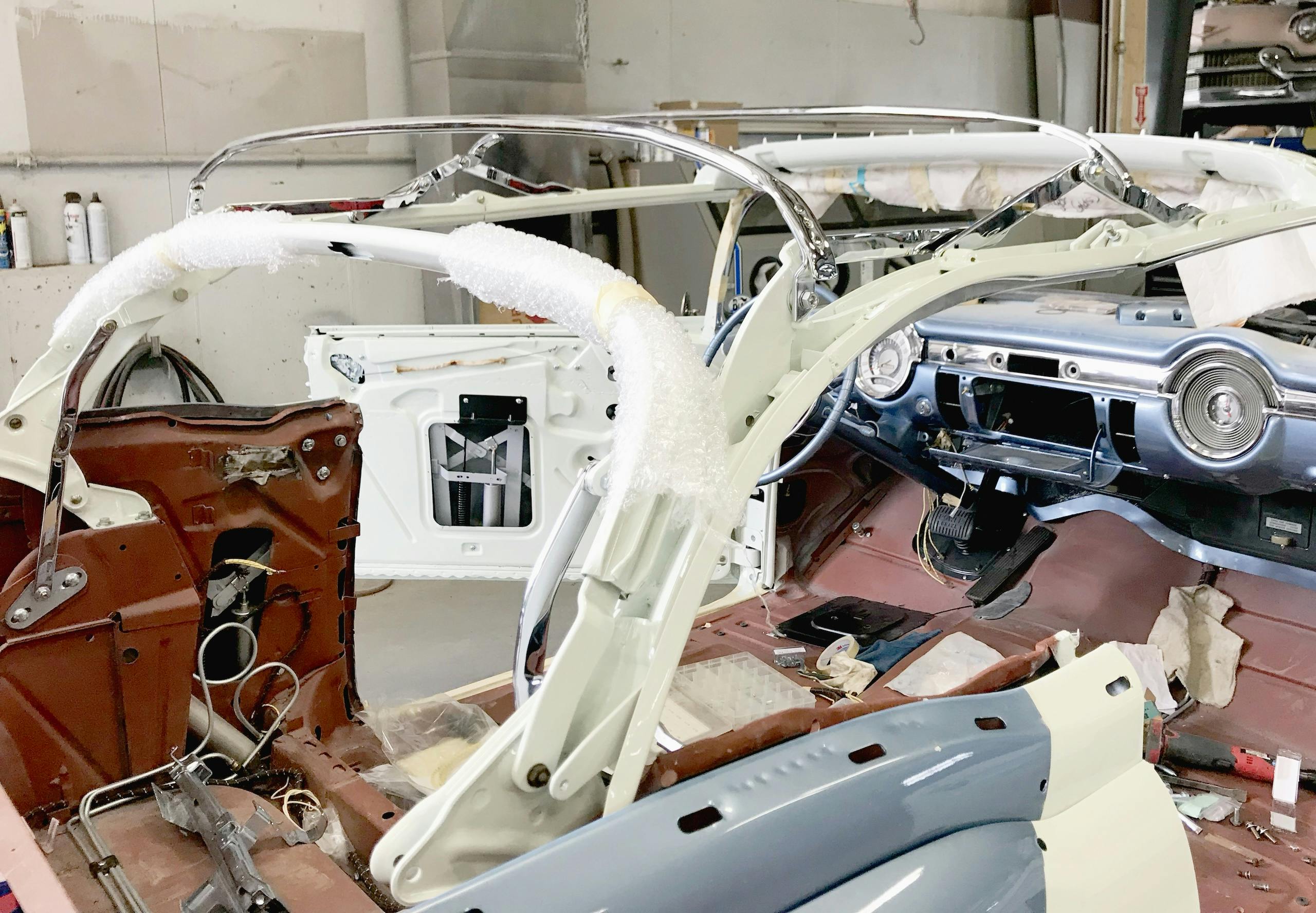

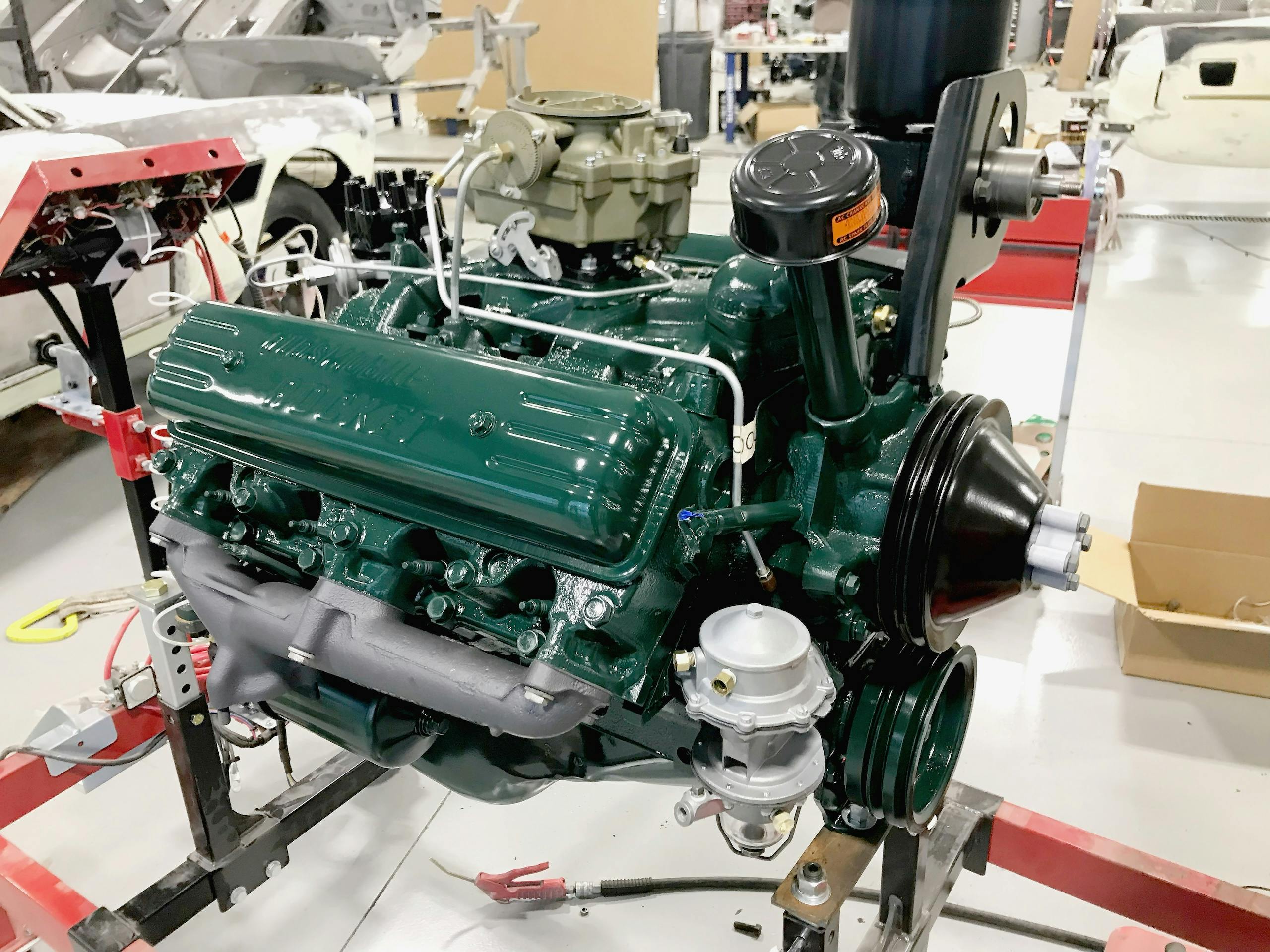
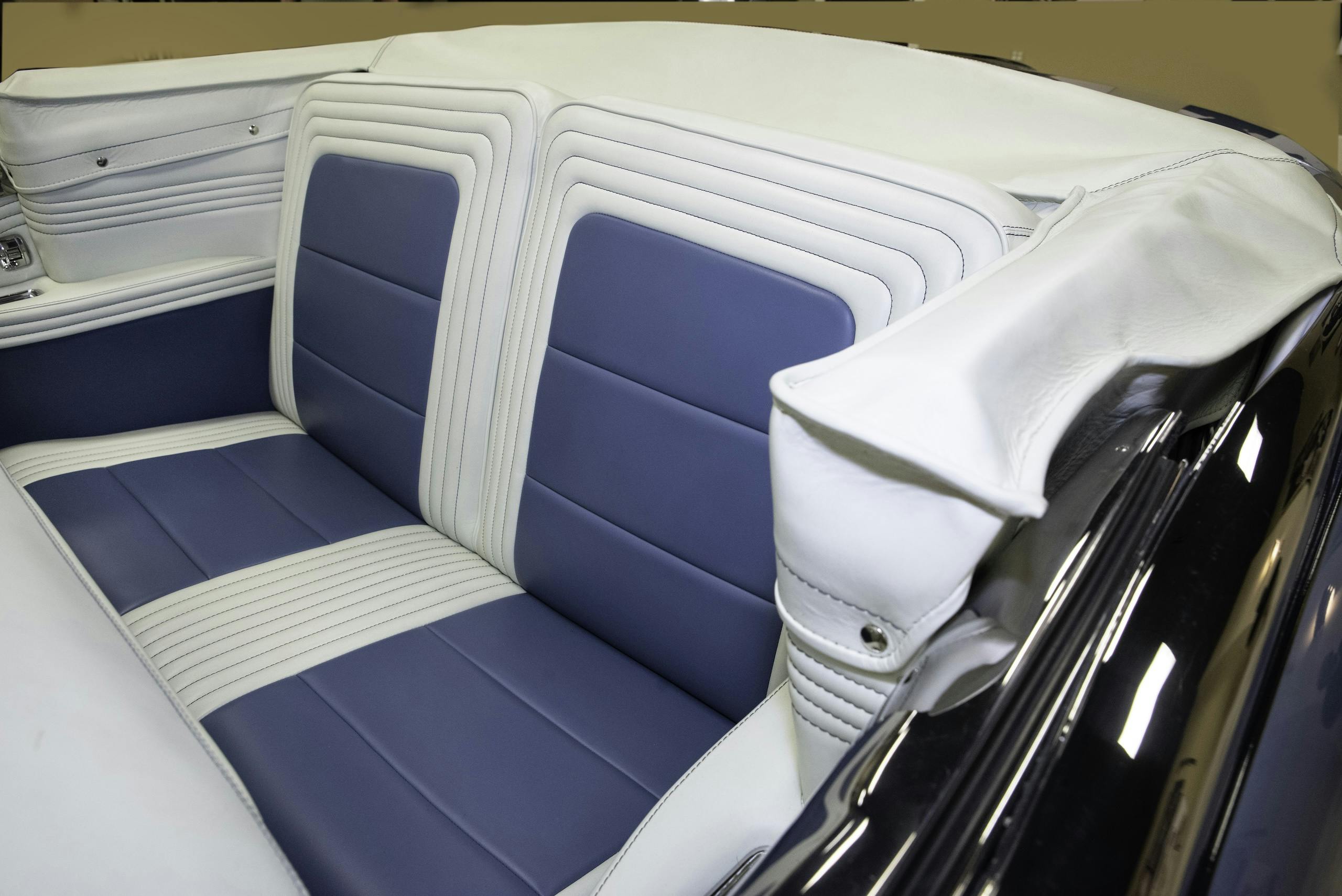

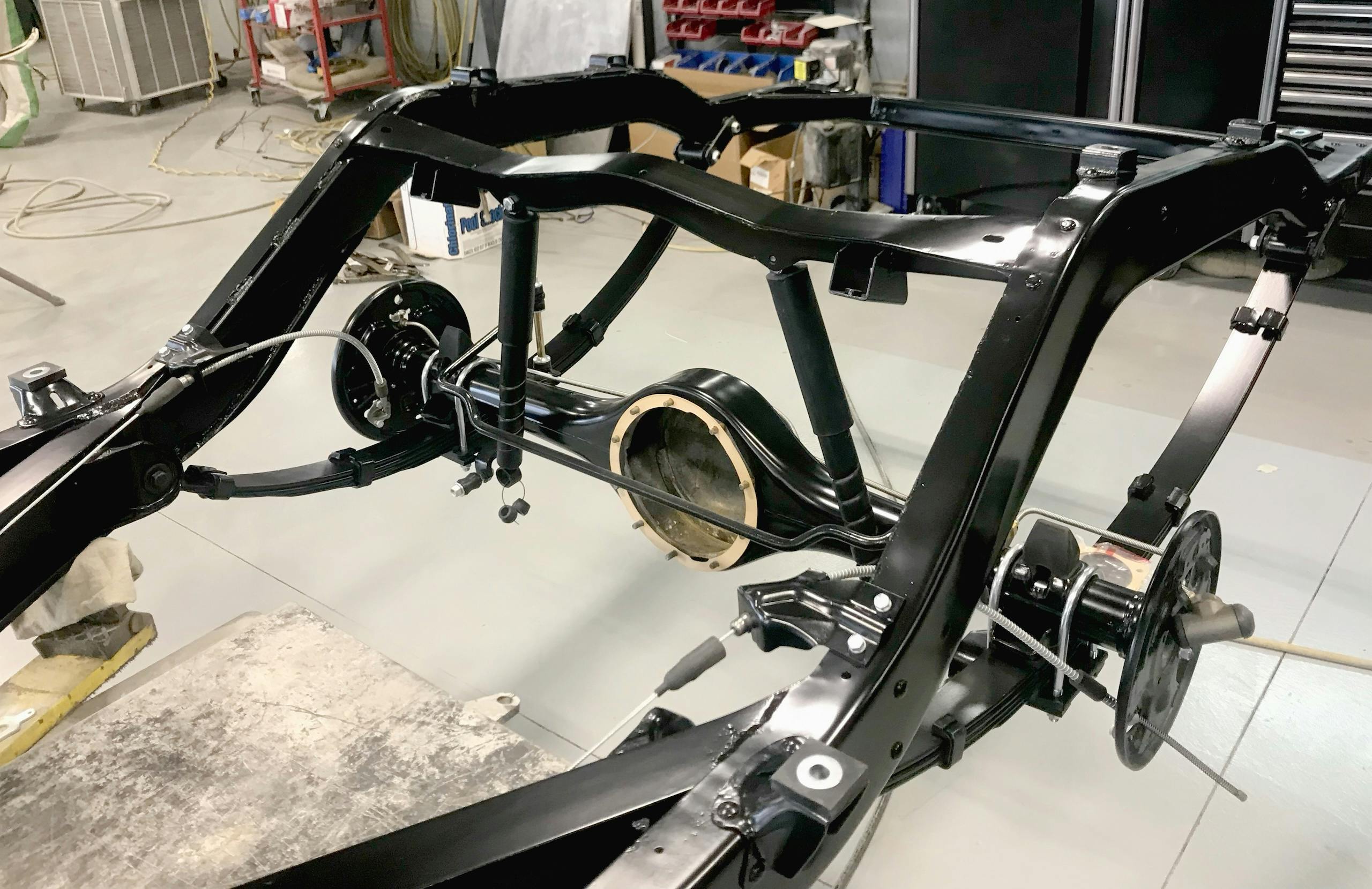
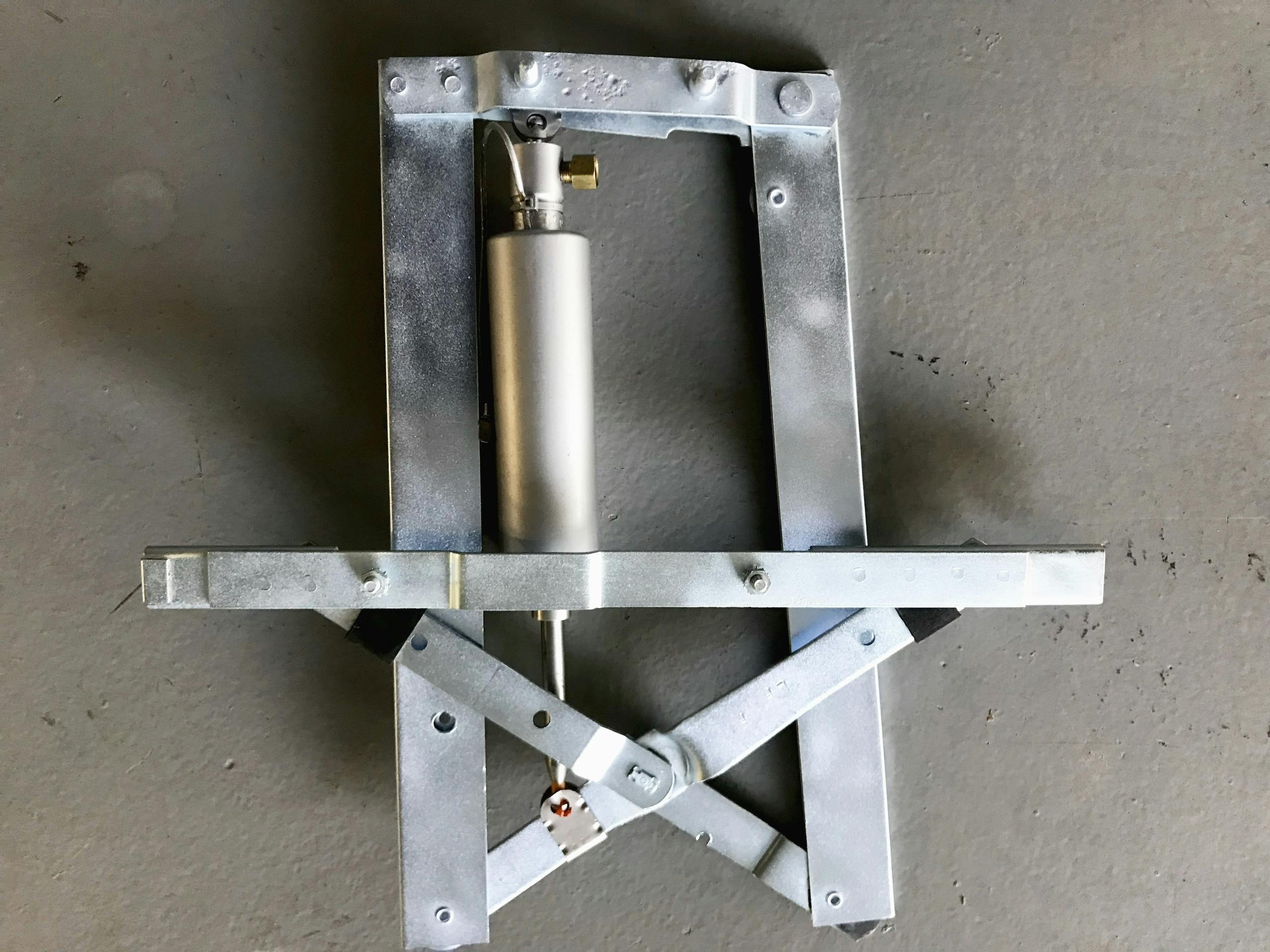
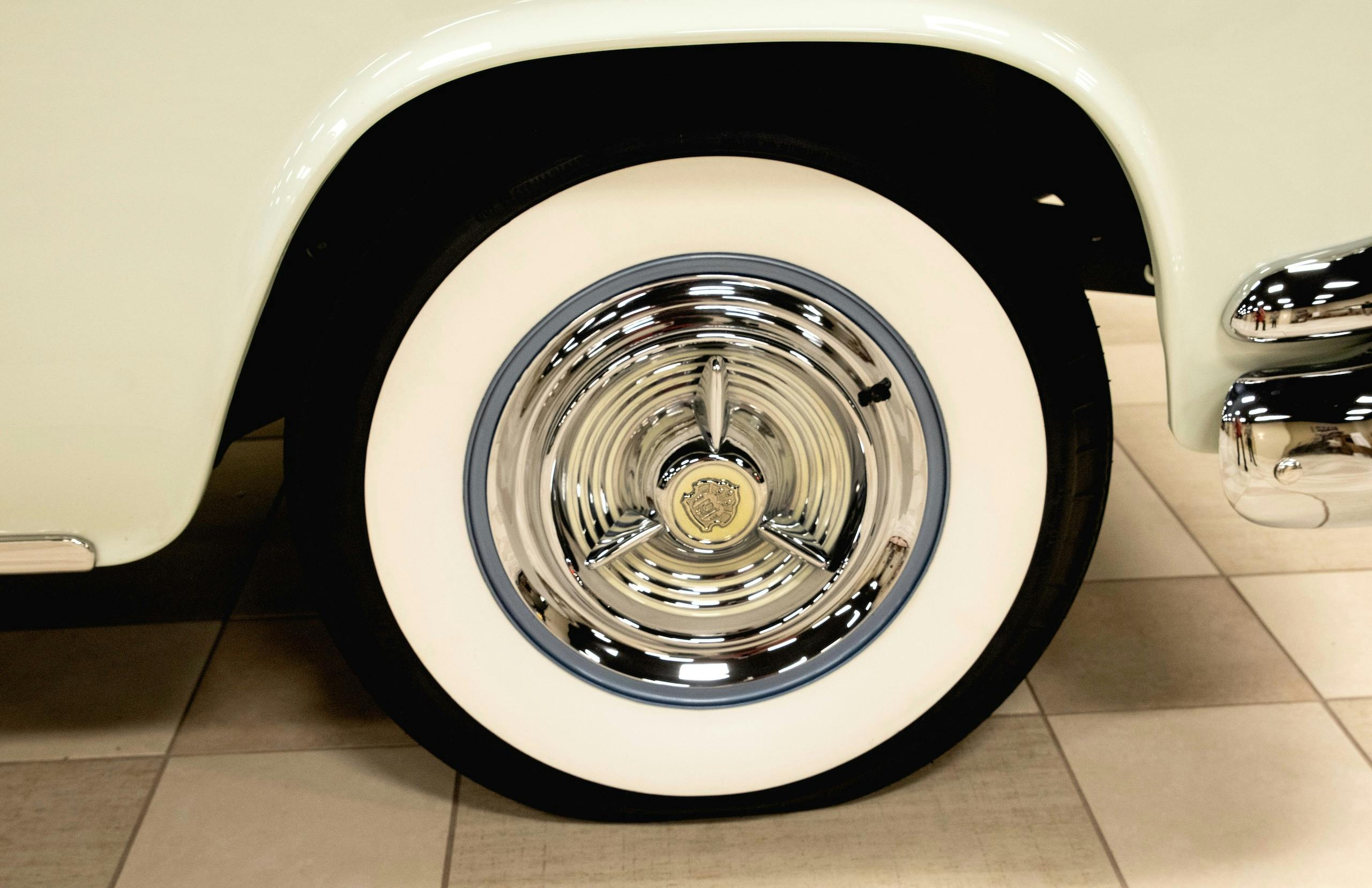
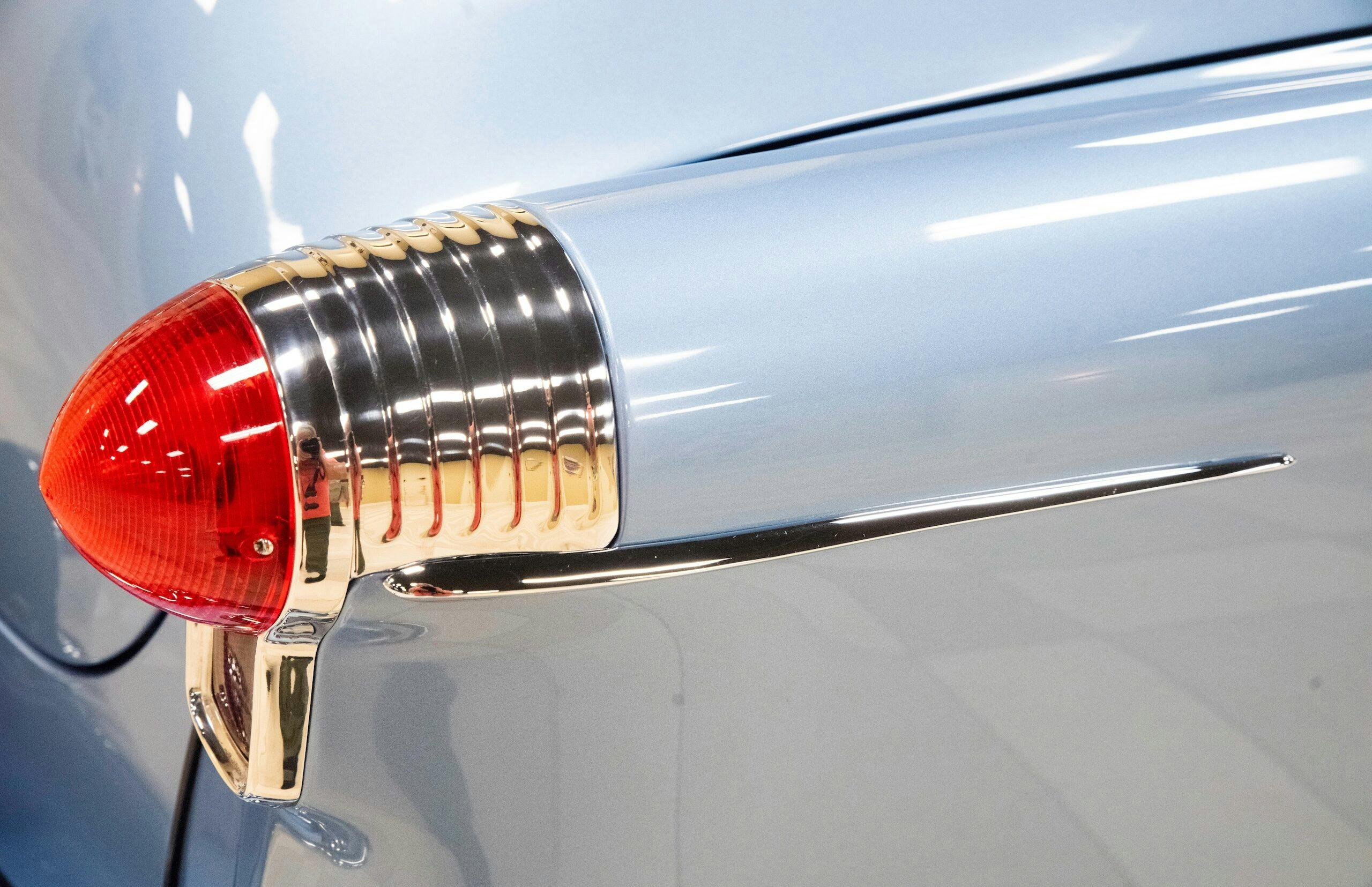


Whew, this is some car, and quite the restoration!
The colors are perfect, and striking too.
I think the captions for the “one-through-seven” photos are mismatched, and the “98” donor car should be 100 years newer.
Great article, though!
The Fiesta is a beauty, but I, too, would love to see the 1853 98 donor car.
Beautiful car…those were the days when GM was the undisputed king of the automobile industry…
I wonder what we could have today if it was form over function. All is based on meeting regulations so much anymore imagine if they could just do styling just to be appealing.
My dad was an Olds guy. I remember a ’49. ’53 Fiesta coupe with a self winding clock in the steering wheel and a 1957 J2. Great cars, bring back Oldsmobile !!!!!
Beautiful restoration of a beautiful car.
Kudos to the restoration shop. The work involved in this restoration was very involved. Not only dealing with antiquated systems but knowing sources is big. I’m sure each piece restored involves a interesting story as in most detailed restorations.
That is gorgeous!